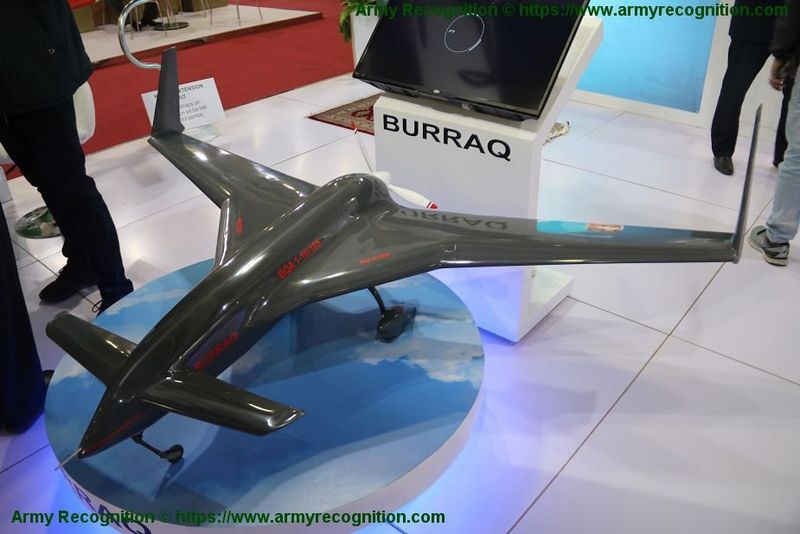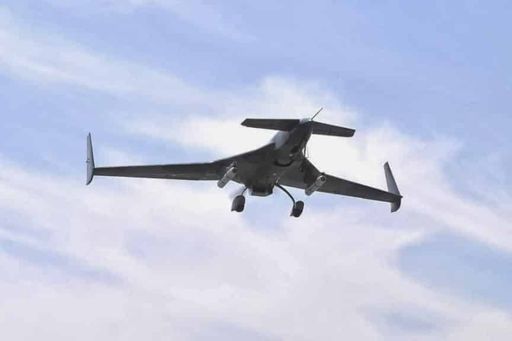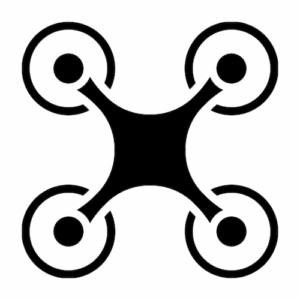Burraq


Burraqs from Pakistan, produced by NESCOM
Introduce:
The Burraq (Urdu: بُراق) is an unmanned combat aerial vehicle (UCAV) jointly developed and built by the National Engineering and Scientific Commission (NESCOM) and the Pakistan Air Force (PAF).
The Burraq’s existence is credited to the National Engineering and Scientific Commission (Nescom), a state-owned industrial complex based in Islamabad. Nescom doesn’t have an official website and product literature on the Burraq is unavailable online.
A fair amount of speculation has since emerged concerning the Burraq’s origins. Some analysts believe it’s either a license-built or imported Chinese CH-3 drone. Others claim the Burraq was developed by Pakistan based on the US-made hobbyist Long EZ remote control plane.
There is a possibility the Burraq is an evolved variant of the Falco, an Italian twin boom UAV used by Pakistan’s air force in limited numbers. But there is scant evidence proving this.
Pakistan’s armed forces have a wealth of experience with UAVs. Like most countries with sophisticated air defense assets, maintaining a fleet of target drones is required to test SAMs and anti-aircraft artillery.
The Burraq’s existence is credited to the National Engineering and Scientific Commission (Nescom), a state-owned industrial complex based in Islamabad. Nescom doesn’t have an official website and product literature on the Burraq is unavailable online.
A fair amount of speculation has since emerged concerning the Burraq’s origins. Some analysts believe it’s either a license-built or imported Chinese CH-3 drone. Others claim the Burraq was developed by Pakistan based on the US-made hobbyist Long EZ remote control plane.
There is a possibility the Burraq is an evolved variant of the Falco, an Italian twin boom UAV used by Pakistan’s air force in limited numbers. But there is scant evidence proving this.
Pakistan’s armed forces have a wealth of experience with UAVs. Like most countries with sophisticated air defense assets, maintaining a fleet of target drones is required to test SAMs and anti-aircraft artillery.
